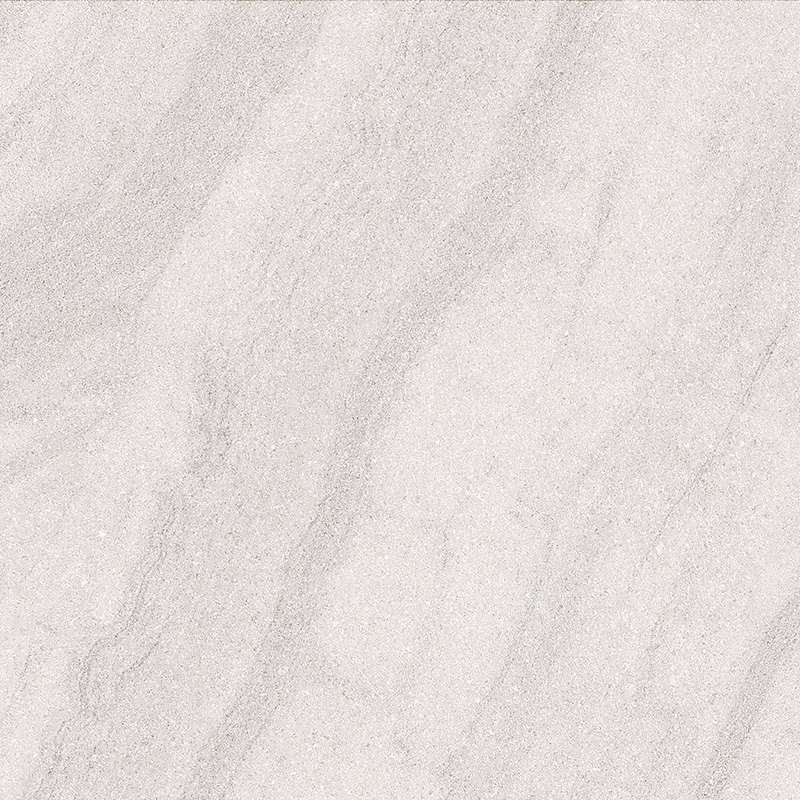The construction industry uses many different materials, such as concrete, steel, glass, timber, and ceramics, to construct buildings. This article will briefly explore how ceramics are used in construction.
Image Credit: M2020/Shutterstock.com 750x1500mm Rustic Tiles

Ceramics are produced by firing clay, which has a range of different metallic and non-metallic elements that contribute to its physical properties. Clay is naturally malleable while hydrated, and upon heating at high temperatures, the material gains mechanical strength.
Ceramics are one of the most widely used materials in construction, having good thermal and acoustic insulation properties, which makes them appropriate materials for several building elements.
Humans have used ceramics for many millennia, with archaeological evidence from sites such as Mureybet in Syria attesting to their production since the neolithic era, 9,000 years ago.
Ceramics are typically composed of a mixture of materials. These are usually silica sand, clay binders, and water, with some impurities. The process of manufacturing ceramics involved higher heat than bricks, forming a glassy material with greater dimensional stability, frost and chemical resistance, density, strength, and hardness.
During the firing process, water is removed from the material, with pre-drying able to reduce the initial water content. The final material can have an as-fired appearance or glazes can be applied to achieve a range of aesthetic outcomes. Due to the malleability of the initial clay-like material, ceramics can be formed into a variety of shapes before firing.
One of the main benefits of ceramics is their environmental stability compared to other materials. They do not oxidize in the atmosphere, making them very economical. However, they can be vulnerable to brittle failure as, unlike metals, they are not capable of ductile behavior.
Ceramics are used in a number of applications in construction. They are used in structural elements, employed in both shallow foundations and a building’s superstructure in medium-sized and ground-floor buildings.
Their high strength makes ceramics ideal materials for this purpose. However, due to their drawbacks, ceramics are typically combined with other materials in structural elements such as cement mortar and steel.
Another use of ceramic materials in construction is as sealing and subdivision elements. Some examples of this include bricks, hollow elements, and tiles. A third application is cladding, which is one of the most common uses of ceramic materials in buildings. Cladding allows ceramics to be used in a variety of technical and decorative functions.
A final use of ceramics in construction is in utilitarian wares such as toilets and washbasins.
Several types of ceramic materials are used in construction for different applications. The first type is terracotta, which is one of the oldest types of ceramic still in use. The fineness of terracotta is between bricks and vitrified wall tiles, and this material is often used in unglazed chimney pots, copings, and air bricks.
The second type of ceramic used in construction is fireclay. This incorporates kaolin, which is a clay with superior temperature resistance. Fireclay is used in firebacks and the linings of chimney flues.
Faience is a type of glazed terracotta or stoneware. Using a firing, glazing, and re-firing or a “once-fired” process improves the faience’s resistance to crazing in its glaze, but this type of ceramic has a limited number of colors, which may make it unsuitable for certain decorative applications.
Stoneware is similar to fireclay but contains a higher proportion of glass and is fired at a higher temperature. The resulting material has less absorbance and is harder. Porcelain stoneware is used in worktops, bathroom surfaces, interior design, raised floors, underfloor heating, and areas with high footfall.
Vitreous china is commonly used in sanitary fittings due to its near-total lack of water absorption. This type of ceramic is both stronger than earthenware and has a higher glass content. Porcelain, a purer material than vitreous china, is employed in special applications such as electrical insulation.
Technical or “engineering” ceramics have emerged in recent years in several industries, including construction. These newer types of ceramics do not use raw clay and possess higher purity than their traditional counterparts. A combination of purer materials and precise manufacturing techniques produces very high-strength materials that can fulfill a variety of needs in the construction industry.
Examples of technical ceramics include boron carbide, boron nitride, silicon carbide, and silicon nitride.
3D printing is revolutionizing many industrial sectors, and one project recently completed in the Netherlands has showcased the potential of both 3D printing and ceramics for the construction industry.
Composed of 3,000 unique individual 3D-printed ceramic tiles, New Delft Blue is a pair of archways designed by Studio RAP and installed in the PoortMeesters housing project. An algorithmically designed pattern gives these archways an organically inspired appearance.
3D printing allowed the project team to have complete control over the entire process and the complex design of the ceramic archways. In doing so, they have presented a new design paradigm that will potentially move forward the use of ceramics in construction into the future, carrying on this materials’ millennia-old legacy.
More from AZoBuild: How Sustainable is Steel in Construction?
Designing Buildings (2022) Use of ceramics in construction [online] designingbuildings.co.uk. Available at:
https://www.designingbuildings.co.uk/wiki/Use_of_ceramics_in_construction
Martino, G (2022) Transforming Clay Into Structure: How Ceramics Are Used in Construction [online] archdaily.com
https://www.archdaily.com/983978/transforming-clay-into-structure-how-ceramics-are-used-in-construction
Ravenscroft, T (2023) New Delft Blue archways wrapped in 3,000 unique 3D-printed ceramics tiles [online] dezeen.com. Available at:
https://www.dezeen.com/2023/06/29/new-delft-blue-3d-printed-ceramic-archway-studio-rap
Disclaimer: The views expressed here are those of the author expressed in their private capacity and do not necessarily represent the views of AZoM.com Limited T/A AZoNetwork the owner and operator of this website. This disclaimer forms part of the Terms and conditions of use of this website.
Reg Davey is a freelance copywriter and editor based in Nottingham in the United Kingdom. Writing for AZoNetwork represents the coming together of various interests and fields he has been interested and involved in over the years, including Microbiology, Biomedical Sciences, and Environmental Science.
Please use one of the following formats to cite this article in your essay, paper or report:
Davey, Reginald. (2023, December 18). The Most Common Uses of Ceramics in Construction. AZoBuild. Retrieved on January 09, 2024 from https://www.azobuild.com/article.aspx?ArticleID=8651.
Davey, Reginald. "The Most Common Uses of Ceramics in Construction". AZoBuild. 09 January 2024. <https://www.azobuild.com/article.aspx?ArticleID=8651>.
Davey, Reginald. "The Most Common Uses of Ceramics in Construction". AZoBuild. https://www.azobuild.com/article.aspx?ArticleID=8651. (accessed January 09, 2024).
Davey, Reginald. 2023. The Most Common Uses of Ceramics in Construction. AZoBuild, viewed 09 January 2024, https://www.azobuild.com/article.aspx?ArticleID=8651.
Do you have a review, update or anything you would like to add to this article?
In this interview, Murielle Goubard, the Global Sector Manager for Building Materials at Malvern Panalytical, talks to AzoBuild about sustainable challenges in the cement industry.
This International Women's Day, AZoBuild had the pleasure of speaking with Dr. Silke Langenberg from ETH Zurich about her impressive career and research.
AZoBuild talks with Stephen Ford, Director at Suscons and Founder of Street2Meet, about initiatives he is overseeing that look to provide sturdier, longer-lasting, and safer emergency shelter to those who need it.
This article will provide an overview of bioengineered building materials, discussing materials, products, and projects that have been made possible due to research in this area.
With an increase in the pressure to decarbonize the built environment and build more carbon-neutral buildings, the reduction of embodied carbon has become of great importance.
AZoBuild talks to Professors Noguchi and Maruyama about their research and development of Calcium Carbonate Concrete (CCC), a new material that has the potential to cause a sustainable revolution in the construction industry.
AZoBuild spoke to Lacol Architecture Cooperative about their La Borda Cooperative Housing project in Barcelona, Spain. This project has been shortlisted for the 2022 EU Prize for Contemporary Architecture - Mies van der Rohe award.
AZoBuild talked to Peris+Toral Arquitectes, finalists for the EU Mies van der Rohe award, about their work 85 Social Housing Units project.
With 2022 now underway, excitement has built following the announcement of the shortlisted architectural firms nominated for the EU Prize for Contemporary Architecture – Mies van der Rohe award.
AZoBuild.com - An AZoNetwork Site

750x1500mm Rustic Tiles Owned and operated by AZoNetwork, © 2000-2024